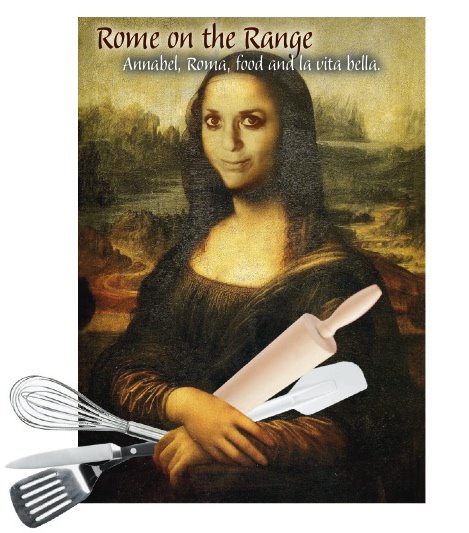
Not all Italian pasta is made the same. Gnocchi literally means knuckles, in Italian. Indeed these little dumplings do remind you of a hand's knuckles when you make a fist. At Cantina del Vecchio, one of their most delicious dishes is gnocchi, made fresh as needed. You won't find it on the menu, though. Instead there are notes at the bottom of the lunch and dinner menu, "I primi classici della tradizione romana sono sempre disponibile," -- The traditional Roman pasta dishes are always available." To Romans and those in the know, it's assumed you know what these dishes are (if you're Roman, you know what these are -- just ask).
Gnocchi
There are countless recipes for gnocchi (pronounced nyow-kee)– which means “knuckles” in Italian. Some call for nutmeg or added cheese, many are flavored with herbs or vegetables like spinach or pumpkin. This is a basic gnocchi. These aren’t shaped and don’t include the “thumbprint” indentation you often see in these little potato dumplings.
4 Russet or Idaho potatoes (about 2 pounds)
1 large egg
1 teaspoon salt
2 cups flour, or more as needed
Peal the potatoes and cut into 2-inch chunks. Place in a pot filled with cold water and 1 tsp. salt. Bring the water to a boil over high heat and cook until tender, about 30 minutes. Drain very well and allow to cool for about 5 minutes.
Use a potato ricer to mash the potatoes (or beat them in a mixer) into a large bowl. Form a well in the center of the potatoes and add the egg and salt. Add about 1 cup of flour the potatoes and, using a rubber spatula, stir in the flour until incorporated.
Flour a clean surface and turn the potato mixture on the surface. Using both hands, begin to stir and knead the dough, adding the flour and working it in until the mixture forms a soft, sort of sticky dough (you’ll know the dough is ready when you can pinch off a piece, roll it into a small ball and it holds it’s shape – it should still be quite soft).
Dust the surface again with flour. Cut the dough into six pieces. Roll the dough (like Play-Dough into a 1/2-inch diameter (thick) rope 1/2 inch thick, flouring the dough if necessary as you roll to keep it from sticking. Cut the dough into 1/2-inch pieces. Place the dough on a floured or cornmeal sprinkled baking sheet. Repeat with remaining dough. Chill if you’re using within the next day or freeze (freeze on the baking sheet – when frozen solid, transfer to a zipper bag), until ready to cook.
To cook gnocchi:
Bring a large pot of salted water to a boil over high heat. Drop half the gnocchi (or all of it if your pot is really big) into the boiling water a few at a time. Stir the water to make sure the gnocchi don’t stick together. Cook until the dumplings rise to the surface. Cook the gnocchi, stirring gently, until tender, about 1 minute after they rise to the surface.
Remove the gnocchi with a slotted spoon or skimmer, draining in the spoon and keep warm in a warm oven (on an olive oil coated dish or baking sheet). When all is cooked, add sauce and grated cheese as desired. Makes 8 servings.


Good basic recipe. BTW, "Gnocchi" means lumps, and comes from "noccho", meaning a knot of the sort found in wood.
ReplyDeletegnoc·chi
ReplyDeletePronunciation:
\ˈnȯ-kē, ˈnyȯ-, ˈnä-\
Function:
noun plural
Etymology:
Italian, plural of gnocco, from Italian dialect (Veneto), probably of Germanic origin; akin to Middle High German knöchel knuckle, knoche bone